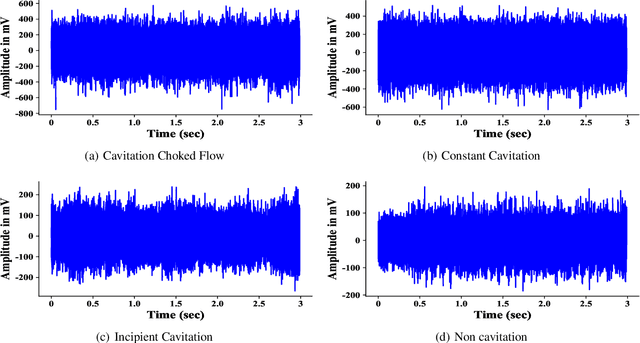SMTNet: Hierarchical cavitation intensity recognition based on sub-main transfer network
Paper and Code
Mar 23, 2022



With the rapid development of smart manufacturing, data-driven machinery health management has been of growing attention. In situations where some classes are more difficult to be distinguished compared to others and where classes might be organised in a hierarchy of categories, current DL methods can not work well. In this study, a novel hierarchical cavitation intensity recognition framework using Sub-Main Transfer Network, termed SMTNet, is proposed to classify acoustic signals of valve cavitation. SMTNet model outputs multiple predictions ordered from coarse to fine along a network corresponding to a hierarchy of target cavitation states. Firstly, a data augmentation method based on Sliding Window with Fast Fourier Transform (Swin-FFT) is developed to solve few-shot problem. Secondly, a 1-D double hierarchical residual block (1-D DHRB) is presented to capture sensitive features of the frequency domain valve acoustic signals. Thirdly, hierarchical multi-label tree is proposed to assist the embedding of the semantic structure of target cavitation states into SMTNet. Fourthly, experience filtering mechanism is proposed to fully learn a prior knowledge of cavitation detection model. Finally, SMTNet has been evaluated on two cavitation datasets without noise (Dataset 1 and Dataset 2), and one cavitation dataset with real noise (Dataset 3) provided by SAMSON AG (Frankfurt). The prediction accurcies of SMTNet for cavitation intensity recognition are as high as 95.32%, 97.16% and 100%, respectively. At the same time, the testing accuracies of SMTNet for cavitation detection are as high as 97.02%, 97.64% and 100%. In addition, SMTNet has also been tested for different frequencies of samples and has achieved excellent results of the highest frequency of samples of mobile phones.
 Add to Chrome
Add to Chrome Add to Firefox
Add to Firefox Add to Edge
Add to Edge